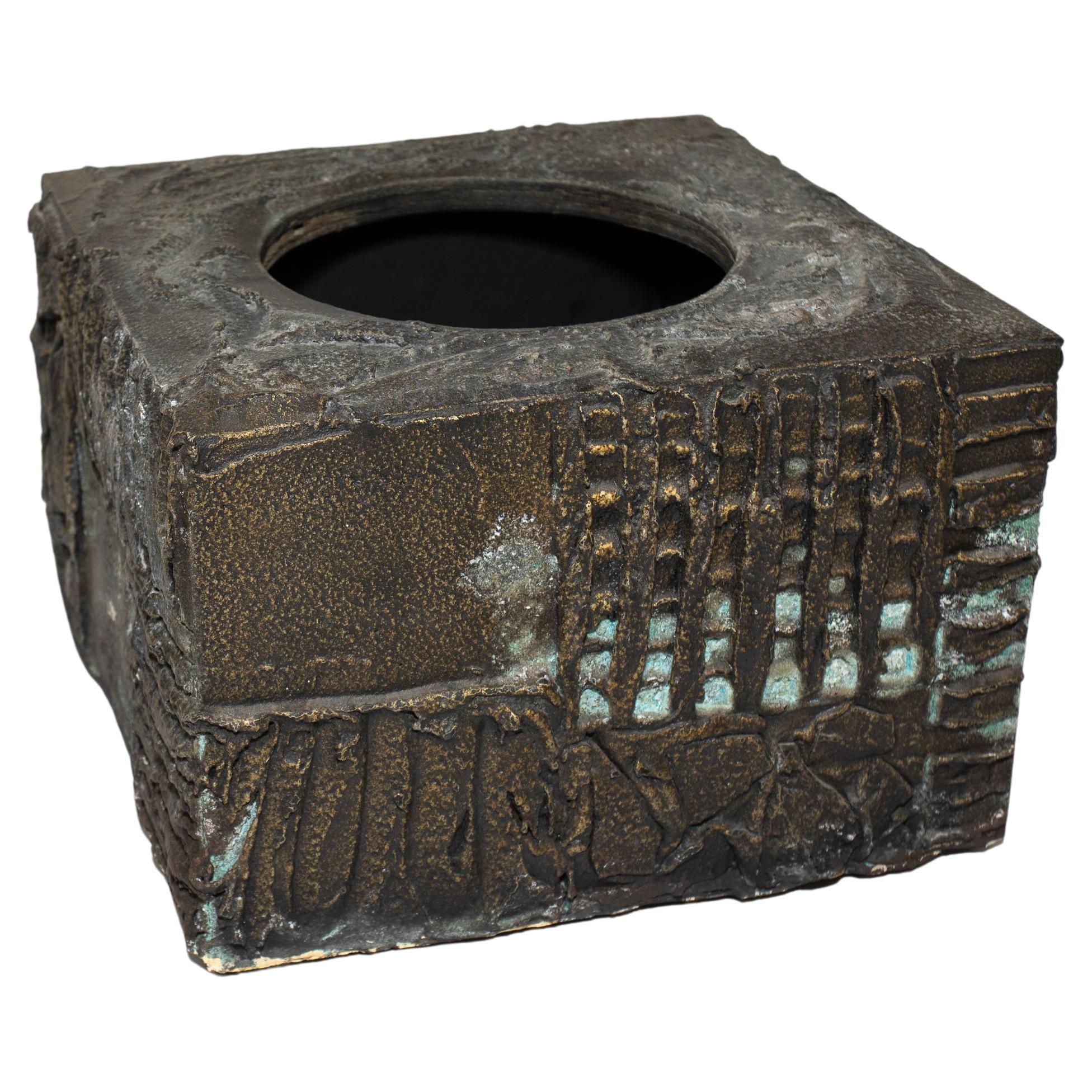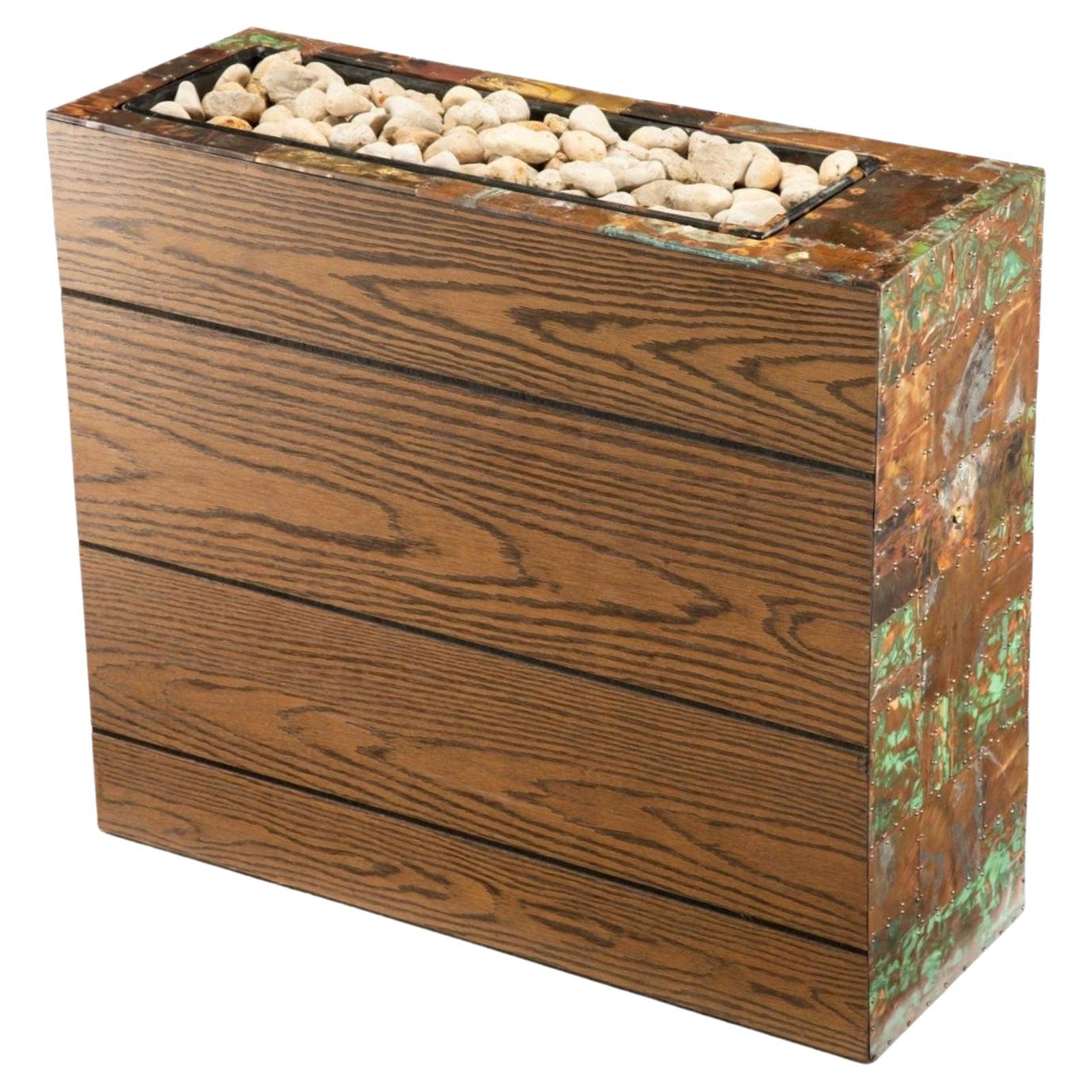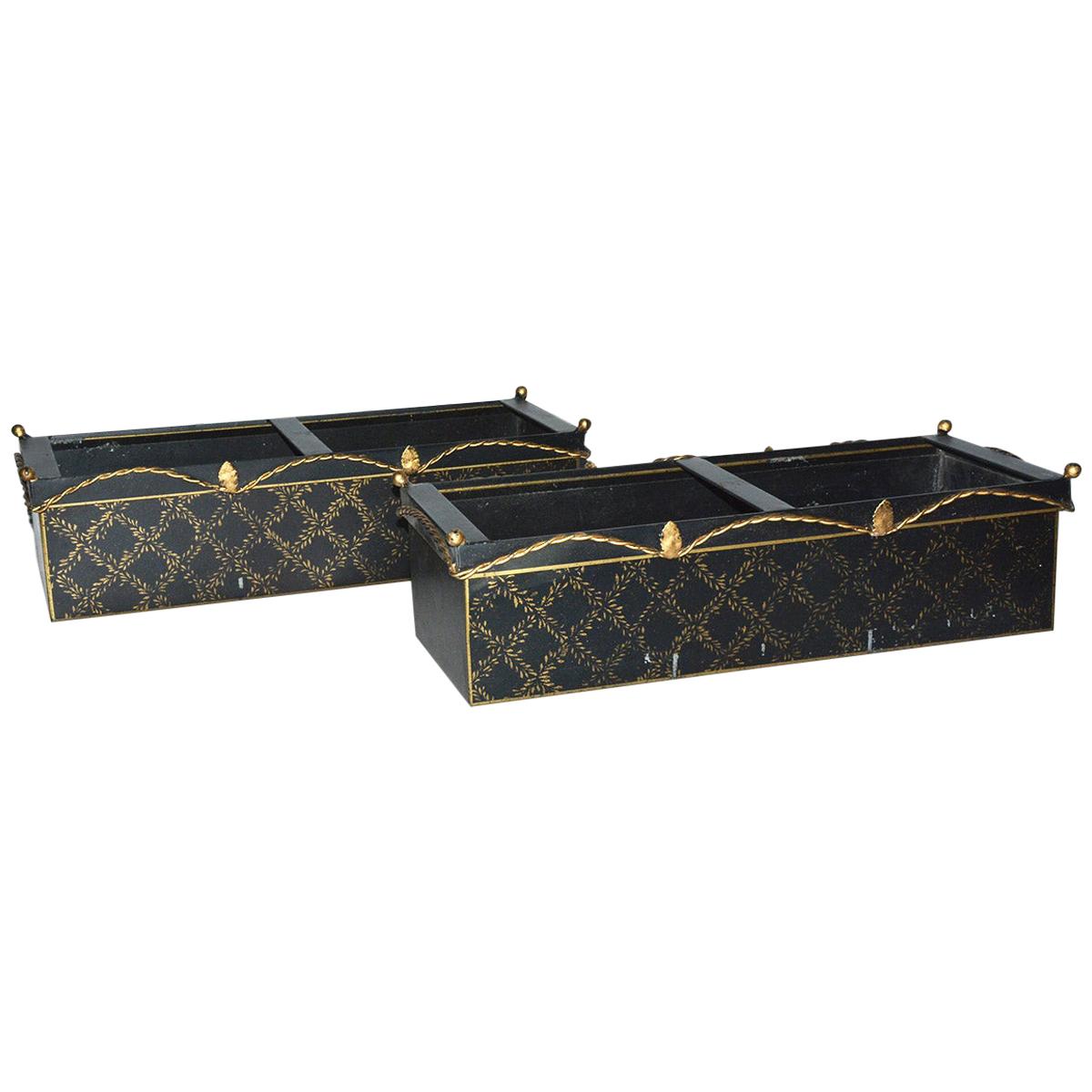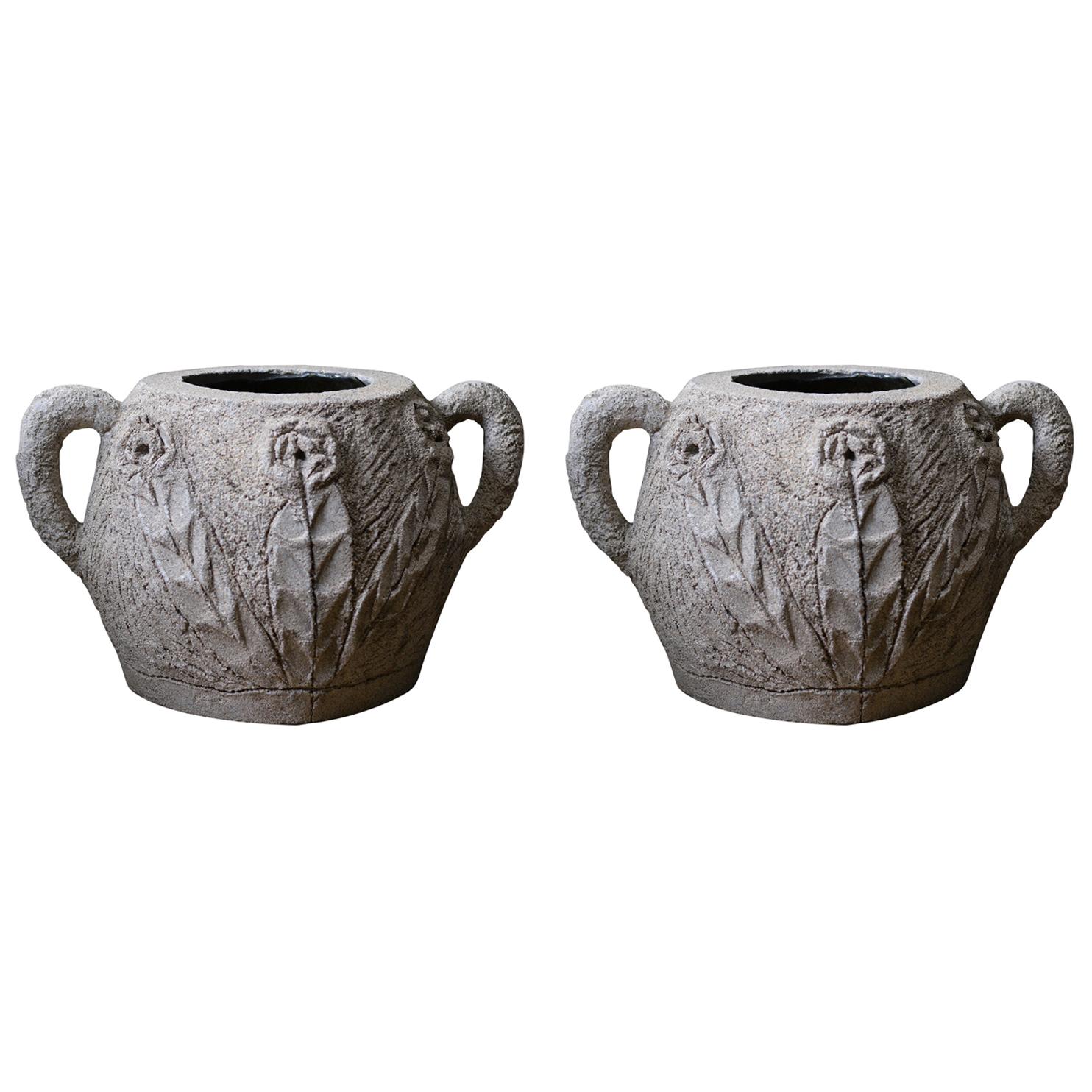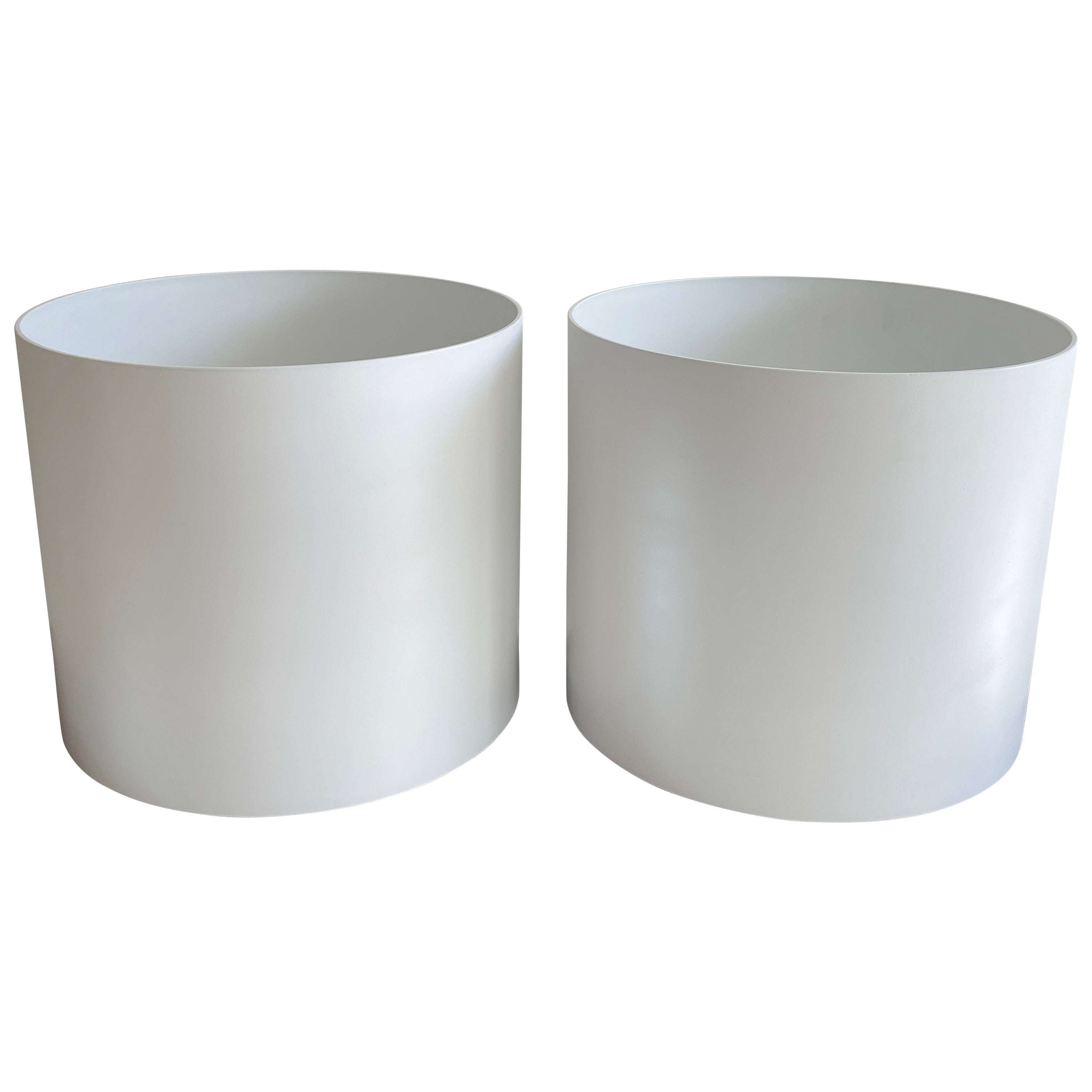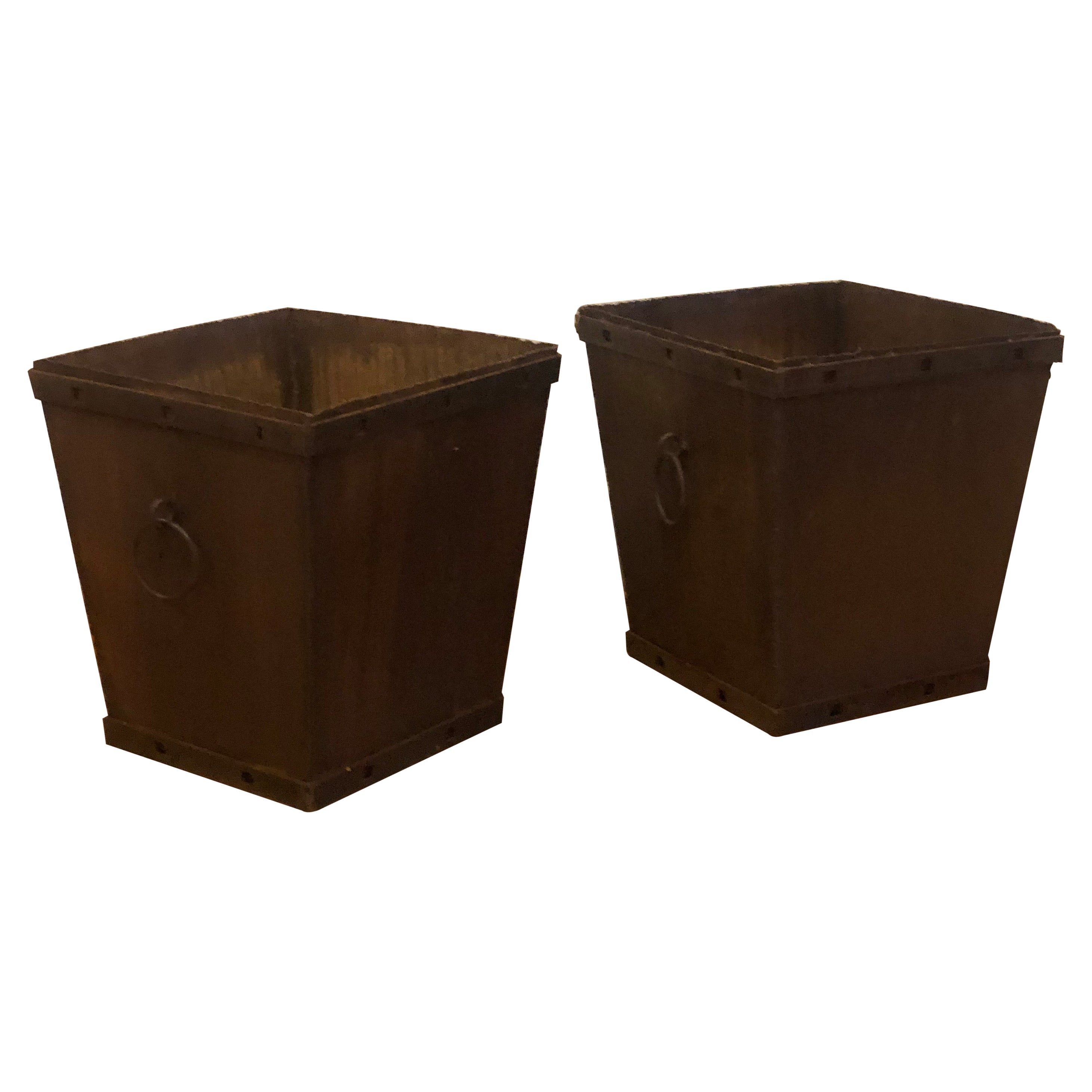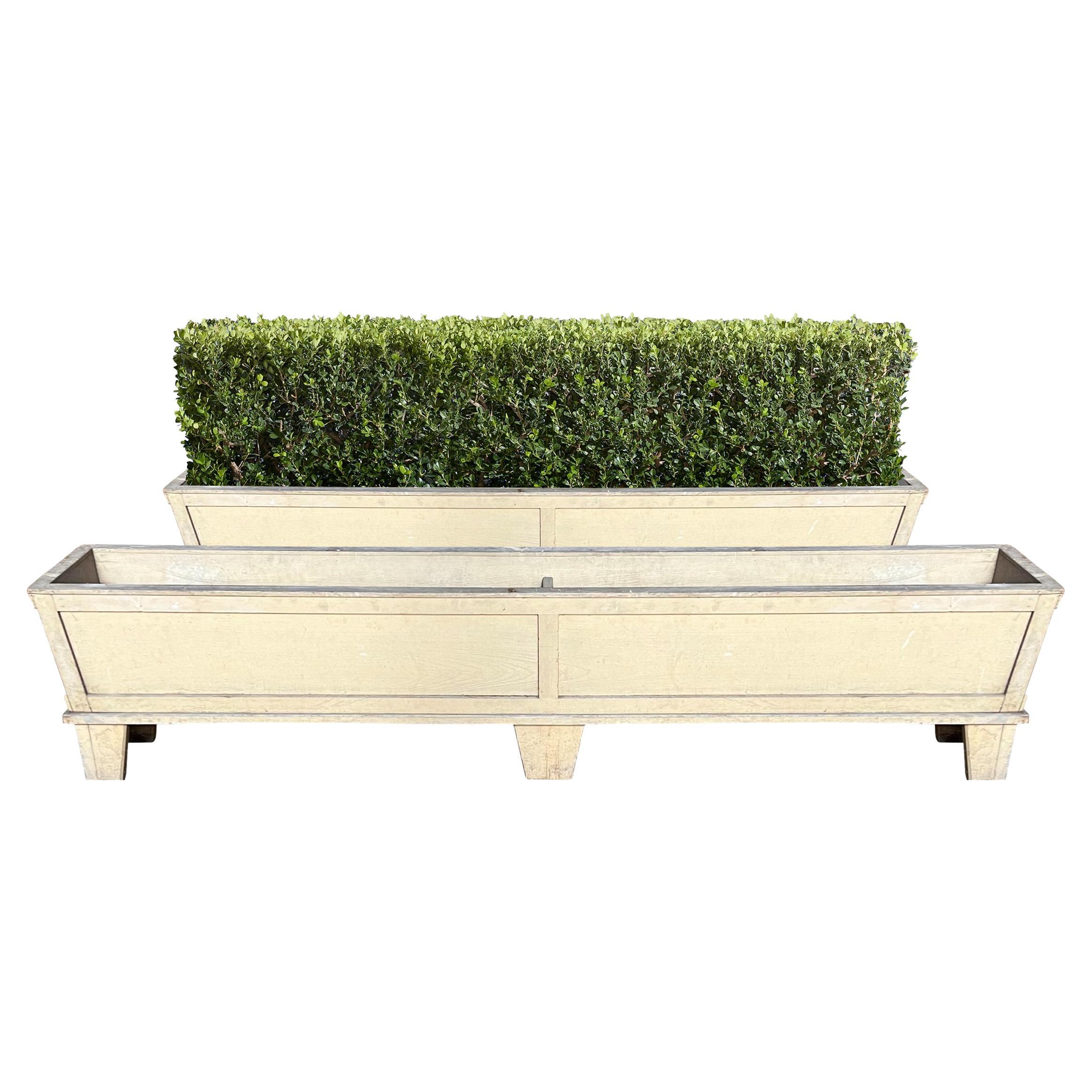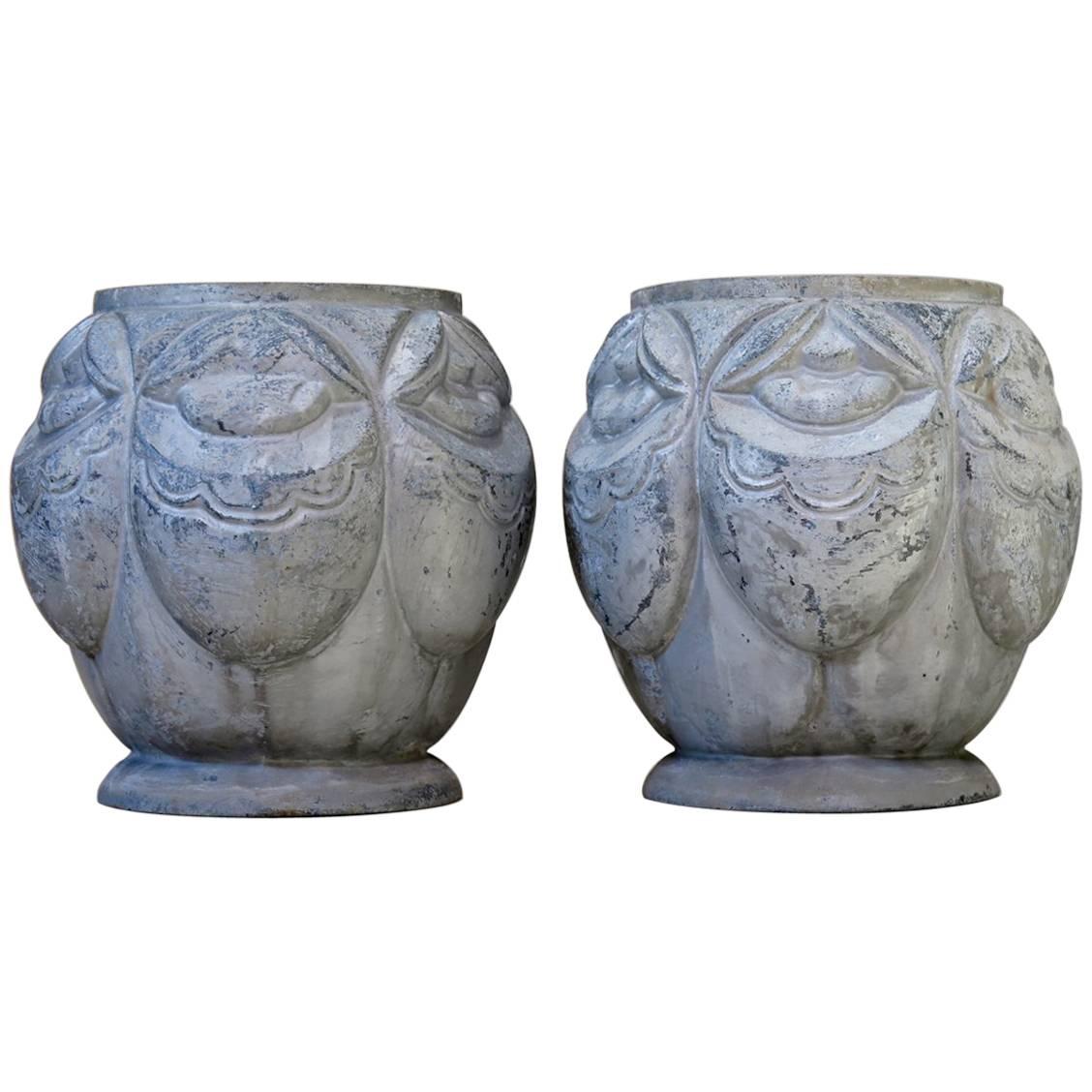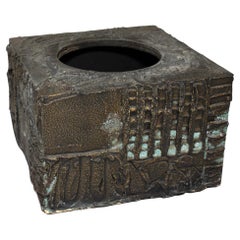
Pair of Planters in the Manner of Paul Evans
View Similar Items
1 of 10
Pair of Planters in the Manner of Paul Evans
About the Item
- Similar to:Paul Evans (Designer)
- Dimensions:Height: 12 in (30.48 cm)Width: 20 in (50.8 cm)Depth: 20 in (50.8 cm)
- Sold As:Set of 2
- Style:Modern (In the Style Of)
- Materials and Techniques:
- Place of Origin:
- Period:
- Date of Manufacture:circa 1975
- Condition:Wear consistent with age and use.
- Seller Location:Vancouver, CA
- Reference Number:1stDibs: LU105367032933
You May Also Like
- Paul Evans PlanterBy Paul EvansLocated in West Palm Beach, FLPaul Evans sculpted bronze planter. The atomized bronze finish has taken on areas of verdigris patina. Unusual and attractive.Category
Vintage 1970s North American Planters and Jardinieres
MaterialsBronze
$4,400 - Mid-Century Paul Evans Brutalist American Modern Metal Planter BoxBy Paul EvansLocated in Forney, TXPaul Evans (1931-1987) American Brutalist industrial modern welded steel and copper, mixed metals patchwork and hardwood planter with rivet accents and removable metal insert. Can be used indoors or outdoors, with real plants or faux plants. Includes green styrofoam blocks for artificial plant use and natural stones for covering the top. Circa 1970 Dimensions: 26" High, 30" Wide, 11" Deep Please note, at the time of writing this, a matching coffee table is available separately. Please check our other listings or contact us to view it. Great original vintage condition. Strong, stable and structurally sound and in wonderful overall appearance; Age appropriate wear and tear, including minor scuffs, scattered scratches to wood panels and metal components. The black insert has fairly significant patinated weathered rustic oxidation consistent with age and indicative of use. The overall patina adds warmth and character to the overall aesthetic appeal and vintage authenticity. Biography: Paul Evans (American , 1927-1993) Born in Brooklyn, New York, Paul Evans is an American furniture designer and sculptor best known for his work in American Furniture design and the American craft movement. His work was influential to many furniture manufacturers in the second half of the 20th century, most notably Directional Furniture. He often used non-traditional materials and techniques like sculpted metal furniture. His work with Directional Furniture was extremely fruitful and during that time he started several series including their Argente, Sculpted Bronze, and Cityscape series. Evans started his career making copper chests and sculpted steel cabinets -- both of which are highly sought after today. Paul Evans’s work with Directional Furniture changed the relationship between creative directors and the companies they worked for. His name helped sell pieces, and he was consciously aware of that fact. As a proponent of modernism, Evans became an innovator in the furniture world. His patrons were often part of the New York elite, and he was able to enjoy sustained success, helped in large part by his ability to evolve with the times -- from craft-based in the 1950s to more flashy pieces in the 1970s and 1980s. His work was mostly recently featured at the Michener Art Museum and was the subject of a 2014 documentary. What kind of art does Paul Evans make? Paul Evans was primarily a furniture designer and sculptor. Though he started within the American Craft movement, Evans is hard to pin down stylistically. An expert metalworker and sculptor, several of Evans pieces were heavily influenced by the shipbuilding industry. As he moved through his career, his pieces became more stylistically diverse, but through it all there is a dedication to craft and function. Much of Evans work is best showcased in his work for Directional Furniture. He had several iconic lines including Patchwork Copper, Pewter and Brass, and the extremely popular CItyscape Series. In the 1980s, Evans branched off on his own with his Think Tank series. He opened his own showroom in New York City, but eventually retired in 1987. How did painter Paul Evans get started? Paul Evans was born on May 20th, 1931 in Newton, Pennsylvania. He studied sculpture and silversmithing at a number of colleges including the Philadelphia Textile Institute, the Rochester Institute of Technology, and the School for American Craftsmen. In the early 1950s, he attended the Cranbook Academy of Art in Michigan, later moving back to Pennsylvania to work with his mentor and guide, Phillip Loyd Powell. Together they began a business heavily influenced by the work of George Nakashima. Powell worked wood pieces, while Evans dedicated himself to metal. Evans burst onto the scene in the late 1960s and early 1970s as the American Craft movement exploded in popularity. From there he parlayed his popularity into a lucrative career with Directional Furniture. How much are Paul Evans pieces worth? Paul Evans furniture pieces can vary in value greatly, from a few thousand dollars on the low end to over $200,000 on the high end. In 2015 a Paul Evans wavy...Category
Mid-20th Century American Industrial Planters and Jardinieres
MaterialsMetal, Copper, Steel
- Architectural Pottery M-2 Planter by Paul McCobbBy Architectural Pottery, Paul McCobbLocated in North Hollywood, CAExceptional ceramic planter model “M-2” designed by Paul McCobb for Architectural Pottery in the United States, circa 1960s. This planter has a shape that starts from a narrow neck a...Category
Vintage 1960s American Mid-Century Modern Planters and Jardinieres
MaterialsCeramic
- Pair of Vintage Rectangular Tole PlantersLocated in Sheffield, MAThe vintage tole jardinières in black metal and "trellises" of gold stenciled leaves have iron frames decorated with gilt roping and acanthus leaves that lift off to ease the plantin...Category
Mid-20th Century American Hollywood Regency Planters and Jardinieres
MaterialsMetal
- Rare Pair of Antique English PlantersLocated in Newport Beach, CAA pair of period, hand carved, scallop edged, circa 1800, English planters with original metal mounts. Each featuring lion head reliefs holding rings.Category
Antique Early 1800s English Planters and Jardinieres
MaterialsBronze
$8,760 / set - Pair of Vintage Regency Style PlantersLocated in Sheffield, MAPairs of vintage classic Regency style cast iron garden planters with ring handles in wonderful lead grey color. Elegant tapered sides and ball fee...Category
20th Century Neoclassical Planters and Jardinieres
MaterialsIron
$3,900 / set
Recently Viewed
View AllMore Ways To Browse
Pair Of Vintage Jardinieres
Vintage Black Planter
Brass Planter Pair
Pair Brass Planters
Pair Of Brass Planters
Brass Black Planter
Jardiniere Brass Pair
Vintage Brass Planters
Vintage Galvanized
Vintage Galvanized Planter
Vintage Galvanized Planters
Planter Black Chrome
Paul Evans Planter
Planter Castors
Large Chinese Planter
Large China Planters
Cement Outdoor Furniture
Chinese Jardinieres 19th Century
